12 days
Specific Tour
48 people
English
Unique 12-day adventure, where history, spirituality, and Italian charm converge. Our meticulously curated tour, Jewish Heritage of Italy, invites you to explore the profound Jewish roots embedded in some of Italy’s most enchanting cities—Rome, Pitigliano, Florence, Bologna, Ferrara, and Venice.
This tour is not just a journey through Italy; it’s a passage through time, offering deep insights into the Jewish experience in Italy. With expert guides, carefully selected accommodations, and authentic culinary experiences, this tour promises an unforgettable exploration of Italy’s Jewish heritage.
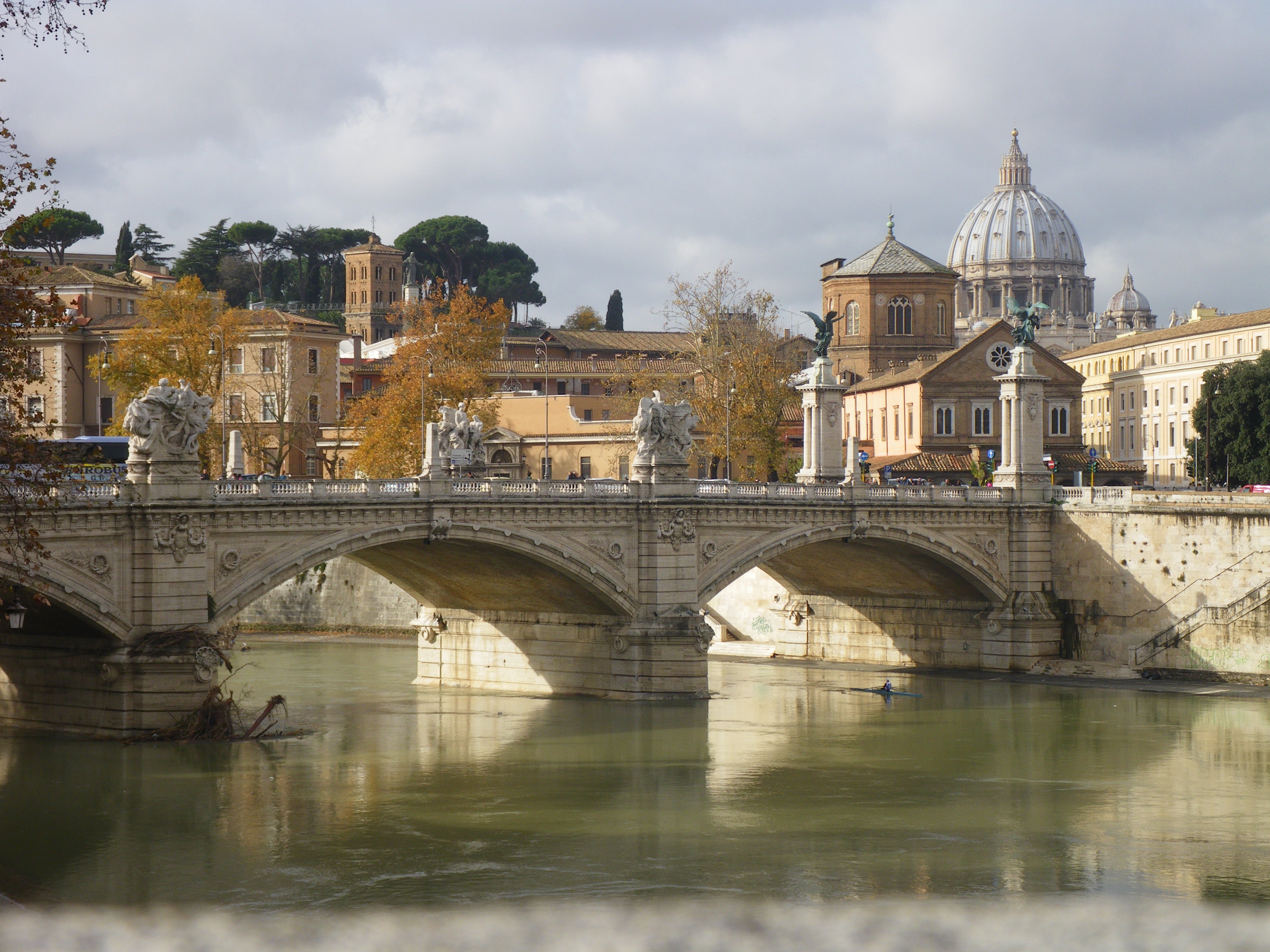
Morning arrival at Rome Fiumicino Airport. Transfer towards Rome: take a taxi van pay on the spot. This is the most efficient solution to manage the arrival from different cities and different flights. Optional private transfer reservation for individuals or group, quotation on demand. Check in at your accommodation 3 stars Hotel Scott House in the heart of Jewish traditional area in Rome (or same level) (hotel 4 stars on request). We will suggest your day activities depending on your arrival time Dinner in an authentic local Roman restaurant with a menu that includes Jewish traditional recipes and overnight.
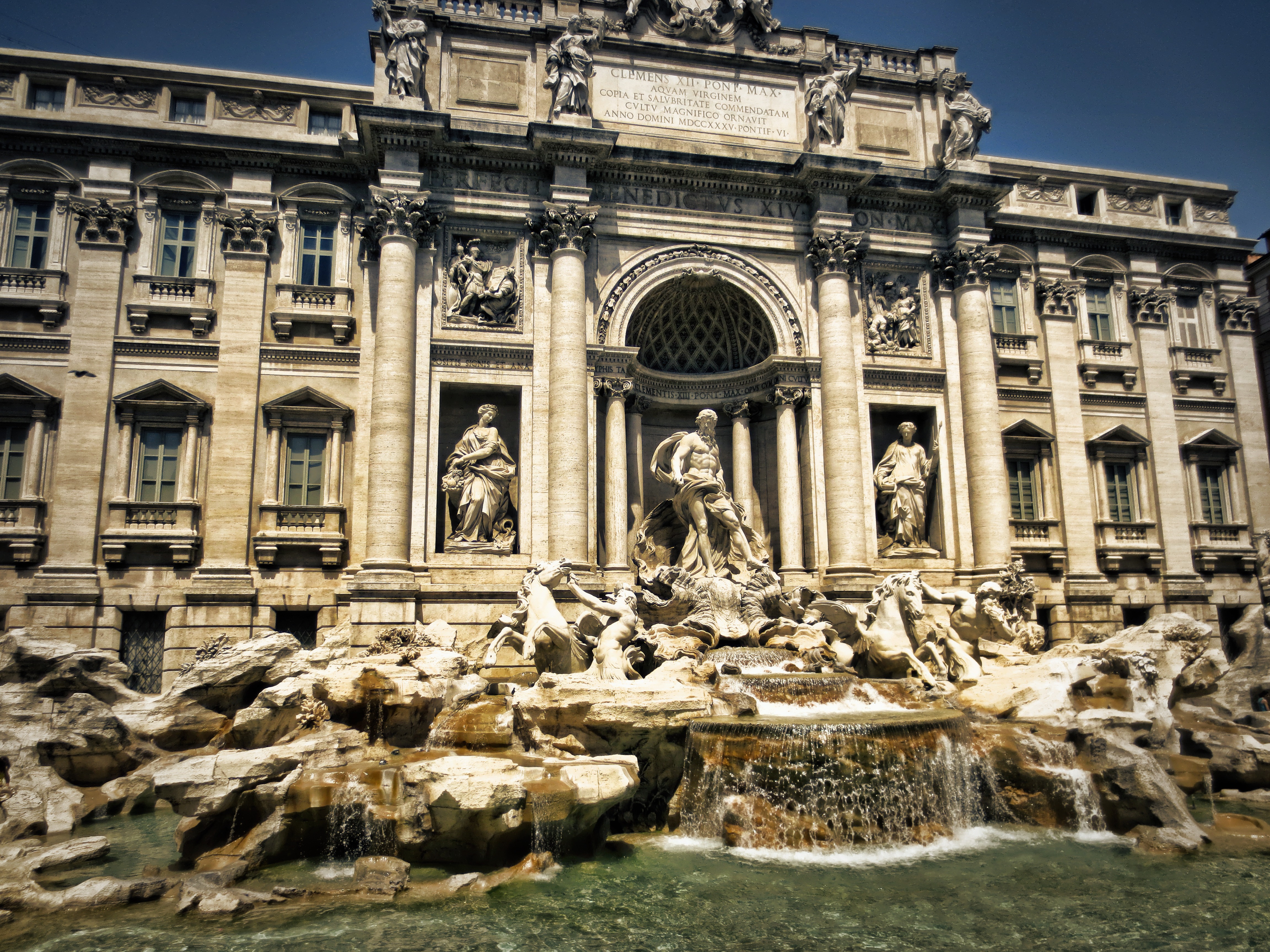
Breakfast and departure. Meeting with your local Guide for a panoramic tour of Imperial Rome: Colosseum, Roman Forum. The Colosseo or Anfiteatro Flavio is biggest amphitheater of the Roman world, it was erected on the site of an artificial lake. Begun in the year 72 AD, it was completed eight years later. The amphitheater has a diameter of 620 feet in its widest section and 490 feet in its narrowest. During its inauguration, which lasted for a hundred days five thousand wild animals were slaughtered. Animal entertainments formed a part of the games and normally took place in the morning, till noon. Executions were another common feature of the Roman games. They took place at midday as an interlude between the animal in the morning sessions ant the gladiatorial combat in the afternoon. Although the executions were seen as symbolizing Rome’s and Emperor’s powers the senators and the higher classes, who have the best seats for the show, normally took advantage of the interval to live the arena to dine. The executions of deserters, prisoners-pf-war-, criminals from the lower classes, first Christians, were crucifixions or damnationes ad bestias, in which they would fight, with their hands, face to face with wild animals. Shows were always free, with pre-assigned day and seat inside the theatre. The Roman Forum was the political, commercial, and religious center of ancient Rome. The project was made in the valley between the Palatine and the Capitol hills, not far from the Aventine hill and the river Tiber. The VIA SACRA, which traverse the Forum from north-west to south-east, was the main street used for impressive military parades. The Temples, the arches, the Basilicas inside the Forum were constructed over the course of 900 years. Lunch at leisure Afternoon guided tour of Piazza Venezia, Trevi Fountain and Quirinale Palace. Enjoy a private tour of the squares of Rome, starting from piazza Navona. We start a walking tour with PIAZZA NAVONA, that still preserves the shape of the Stadium of Domitian, built at the end of 1st century A.D. The central fountain of the Four Rivers was made by Bernini in 1651. From the low basin rises a rock, pierced in the middle, on which are arranged the figures of four rivers also symbolizing four continents: the Danube, the Ganges, the Nile, and Rio de la Plata. Just a few block away, there is the oldest monument in central Rome, the Pantheon. This monument was built by Hadrian in 120 AD. The temple dedicated to all gods (pan theon), had already been erected by Agrippa between 27 and 25 B.C. on the same site and in 609 it was converted into a Church, the first temple in Rome to be Christianized. The original temple was built to commemorate the victory over Antony and Cleopatra at Actium. The interior is circular and measures 43,3 meters in diameter and in height. Along the walls, are a series of rectangular and semi-circular niches. Recent investigations have allowed scholars to determine how great was the technical skill required to build it. The temple rests on a heavy foundation wall, in the shape of ring, made of concrete, covered with travertine blocks measuring some 4,5 by 7 meters. At the summit of the pediment the travertine yields to brick, while in the dome itself only light brick and light volcanic stones were used, so that this vast dome would weigh as little as possible. The use of light from the opening in the roof displays the genius of the architect. Inside, the second chapel houses the tomb of Vittorio Emanuele II, first king of Italy. The third edicola is the tomb of Raphael. Your nice stroll in town is almost at the end. Few minutes ahead and you are in front of Trevi Fountain. The custom is to throw a coin into the water, over your left shoulder while facing away, to ensure you return in Rome. Toss a second coin and you’ll fall in love with an Italian. After the fountain, you will end the walking tour by the Spanish steps (in Italian Piazza di Spagna). The tour last about 2 hours, and you can take a break whenever you wish. Back to your hotel and relax Dinner in a local typical Restaurant in Rome

Breakfast at the hotel. Meet your Guide and visit the most important and hidden gems of the Jewish culture in Rome Great Synagogue of Rome: This impressive synagogue is a symbol of the Roman Jewish community. Inside, it also houses the Jewish Museum of Rome, which offers an overview of Jewish history in the capital. Piazza delle Cinque Scole: The heart of the historic ghetto, this square is surrounded by ancient structures and retains the atmosphere of the past. It is a significant place to understand the history and culture of Roman Jews. Have a stop at Forno Boccione: A historic Jewish bakery (kosher) where you can taste traditional sweets such as the “sour cherry tart” and the local old tradition of the "Jewish pizza". The Limentani family manages their bakery since the 250 years ago. The tour proceeds including other enchanting sites Largo di Torre Argentina: Here are the remains of ancient Roman temples, and according to tradition, it is near this place that Jews were deported during the Shoah. It is a place of great historical significance for the Jewish community. Portico d'Ottavia: Part of the old Jewish ghetto, the Portico d'Ottavia is an archaeological site that testifies to the Jewish presence in Rome since antiquity. Tiber Island: Traditionally associated with the Jewish community, this island is close to the ghetto and is linked to historical events and legends of interest to many visitors. In the afternoon, be ready to meet the Trio Monti! These three native artists will escort you in a very special and slow relaxing tour of Tiberina Islands, singing typical roman songs inspirated to these places in Rome and creating a magical atmosphere! The guide will translate for you the real enchanting stories of Romans and their authentic life. Dinner in a local typical Restaurant in Rome Judeo-Roman Cuisine: Restaurants in the ghetto offer typical dishes of the Judeo-Roman tradition, such as carciofi alla giudia (Jewish-style artichokes) and abbacchiotti alla scottadito (grilled lamb chops). This cuisine is a fusion of Jewish and Roman traditions.

Meet your driver and transfer to Pitigliano Meet your Private Guide Elisabetta, specialized in local Jewish heritage The Relationship Between the Jewish People of Pitigliano and Sovana Pitigliano and Sovana are two towns in the Maremma region of Tuscany with a significant historical connection to the Jewish community. Pitigliano, in particular, is famously known as "Little Jerusalem" due to its long and rich Jewish history. The relationship between the Jewish people of Pitigliano and Sovana is primarily historical and geographical. Pitigliano is renowned for its Jewish community, which became prominent starting in the 16th century. Jews settled in Pitigliano due to the relatively greater religious tolerance in the area compared to other parts of Italy, and they significantly contributed to the cultural and economic life of the town. The Jewish quarter in Pitigliano, although small, includes several key historical sites: The Synagogue: Built in 1598, the Synagogue of Pitigliano is one of the most important symbols of the Jewish presence in the town. It is a beautifully preserved building that served as the center of religious life for the Jewish community. Kosher Bakery: The Jewish quarter includes a historic bakery where unleavened bread (matzah) was traditionally made for Passover (Pasqua Ebraica). This bakery is an authentic testament to the daily life and religious practices of the Jewish community. Mikveh site: The ritual bath, or mikveh, was used for purification and is another important feature of the Jewish quarter, emphasizing the community's commitment to traditional religious practices. Jewish Cemetery: Located outside the town walls, the Jewish cemetery of Pitigliano dates back to the mid-16th century. The cemetery contains gravestones with inscriptions in Hebrew, many of which are still legible and provide a poignant connection to the town’s Jewish heritage. Jewish Museum: The Jewish Museum of Pitigliano, housed in the restored synagogue, offers a detailed history of the Jewish community in the town. It exhibits religious artifacts, documents, and historical items that tell the story of the Jews in Pitigliano over the centuries. Lunch at leisure – I suggest to reserve in advance the restaurant in Pitigliano (if required we will be glad to support you) Or you can have a quick lunch in the local bakery Sovana: A Nearby Historical Small Village Geographical Relationship: Sovana is a small village located close to Pitigliano. While Sovana did not have a significant Jewish community like Pitigliano, its proximity created a natural connection between the two towns, especially in terms of trade routes and social relations. Mutual Influence: The Jews of Pitigliano likely had commercial and social interactions with the residents of Sovana. Given the proximity, there were likely cultural exchanges between the two communities, especially within the broader context of rural Tuscan life. Dinner in a nice typical restaurant in Rome

Now you already familiarized with this eternal city. Have your day at leisure in Rome. We can organized optional activity based on your particular interests. Take your time in the afternoon for shopping. There are many designated shopping areas in Rome: around Piazza di Spagna, via del Corso, Galleria Alberto Sordi, La Rinascente, via Condotti, via del Babuino, via Ottaviano, via Candia, via Giulio Cesare (near the Vatican), or you can decide to visit a big shopping mall (1 hour from Rome).
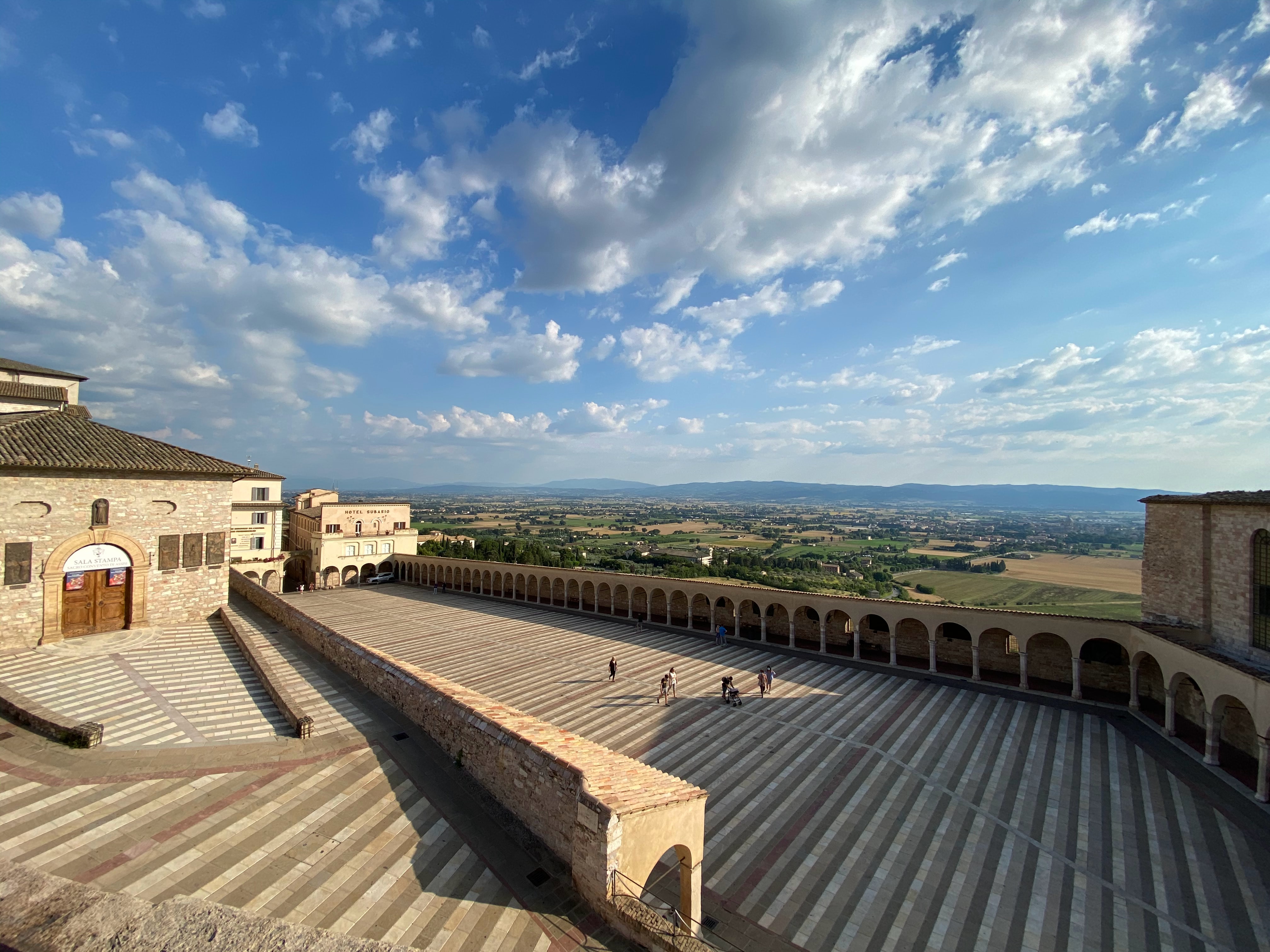
Breakfast and meeting with your Private Driver – we suggest rather early in the morning Welcome in Umbria to live an enchanting day through the heart of Italy, where history, spirituality, and natural beauty converge. Assisi, the pulsating heart of Umbria, is ready to welcome your on a journey to discover beauty and spirituality. This city, renowned as the birthplace of Saint Francis, is a pilgrimage destination for people of all faiths. In this experience, we will guide you through the discovery of Assisi, highlighting its role as a bridge between cultures and religions, with particular attention to the Basilica of Saint Francis and the Museum of Memory. Around 10.30 morning meet your Private Guide and visit Museum of Memory of Assisi The Museum of Memory in Assisi: A Sanctuary of Remembrance Located in Assisi, Italy, the Museum of Memory tells the poignant story of how this small town became a beacon of hope and humanity during the darkest days of World War II. This museum is dedicated to commemorating the courageous acts of Assisi's citizens who risked their lives to save hundreds of Jews from the horrors of the Holocaust. A Story of Courage The museum showcases a wealth of historical documents, photographs, and personal artifacts that paint a vivid picture of this extraordinary chapter in Assisi's history. Visitors can learn about the individuals and organizations that worked tirelessly to create a network of safe houses and escape routes for Jewish refugees. The museum also explores the broader context of the Holocaust and the Italian Resistance. The exhibition consists of unpublished documents, photographs, awards, essays, and objects from that historical period and about the various individuals who personally dedicated themselves to saving Jews. It tells the story of Don Aldo Brunacci, the founder of the Opera Casa Giovanni who kept this memory alive over the years, of the then-bishop Monsignor Giuseppe Placido Nicolini who led the clandestine organization that spontaneously formed, of Father Rufino Niccacci, a friar minor and guardian of the convent of San Damiano, of the podestà of Assisi Arnaldo Fortini, of the German colonel Muller, of religious orders, of the Conventual friar Father Michele Todde, and all the others who went to great lengths to save the lives of so many people, who would otherwise have been deported. A significant space is also dedicated to Luigi and Trento Brizi, the Assisi printers who produced false documents for the Jews. Alongside images and awards, the ancient printing press with its type cases, cutter, and stamps is also on display. This united effort and endeavor made Assisi an important point of reference, demonstrating the Franciscan brotherhood that is so much a part of its identity. • Exhibits: The museum features exhibits that explore various themes, such as the history of Assisi, the lives of the Jewish refugees, and the efforts of the rescuers. • Artifacts: Visitors can view personal belongings, letters, and other artifacts that provide a tangible connection to the past. • Multimedia displays: Interactive displays bring the stories to life and offer a more immersive experience. Lunch at leisure in Assisi In the afternoon, meet your Private native Guide and visit Assisi Historic Center: Stroll through the historic center of Assisi, admiring Piazza del Comune with the Temple of Minerva and the birthplace of Saint Francis. Basilica of Saint Francis: Guided tour of the Basilica, a masterpiece of Gothic architecture and one of the most important Christian sanctuaries in the world. (if available/open depending on the day) Upper Basilica: Admire the frescoes by Giotto and Cimabue, which depict the life of Saint Francis and his message of universal peace and brotherhood. (if available/open depending on the day) Departure from Assisi and return to Florence Arrival in Florence and hotel check in. Hotel Mediterraneo or same level Dinner in a nice local restaurant
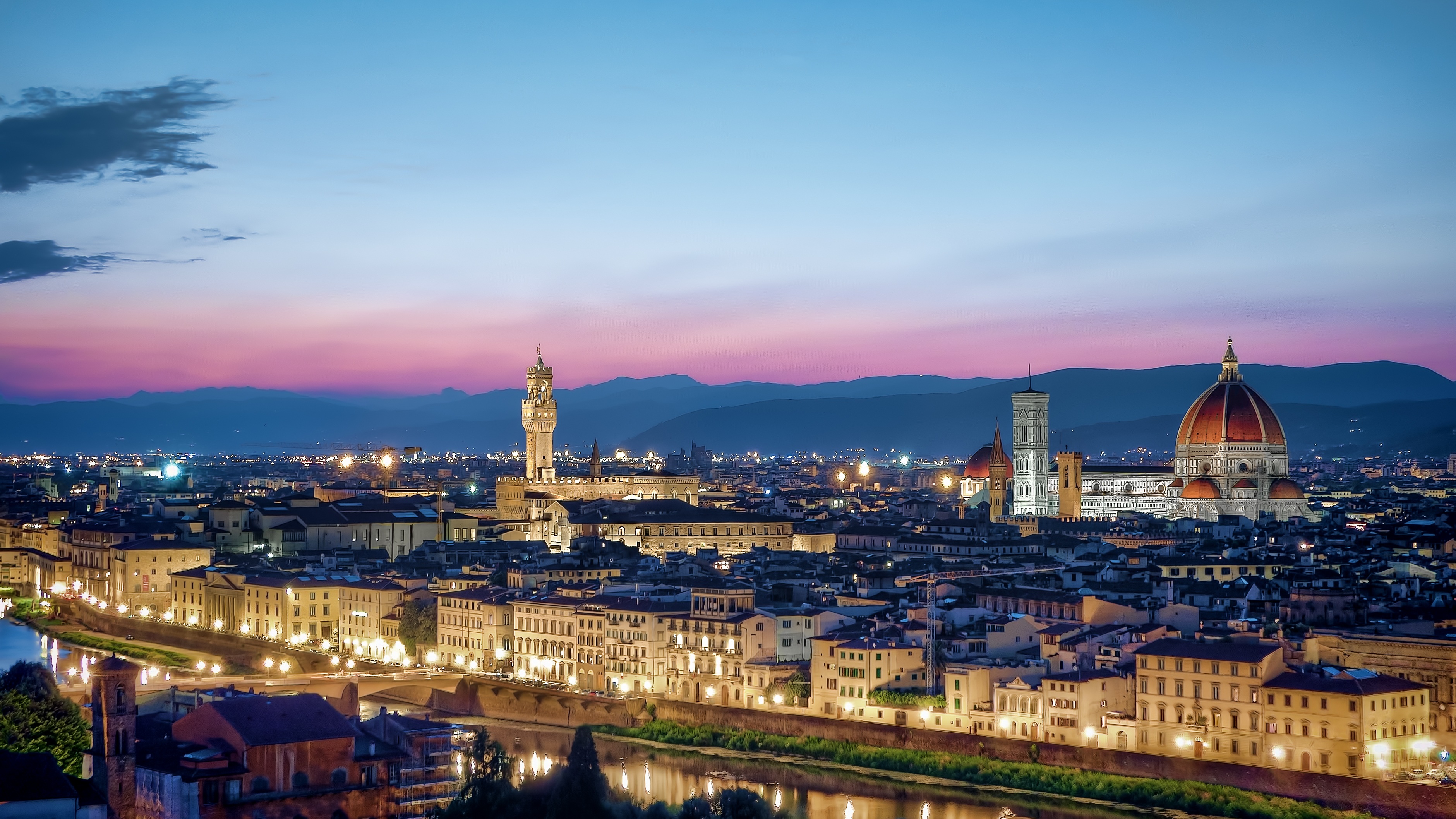
Breakfast and meet your Private native Guide Start your tour discovering the link between Jewish culture in Florence and renaissance This one-day tour will discover the rich Jewish history and culture of Florence. The tour includes a visit to the Synagogue and Jewish Museum, as well as other significant Jewish sites in the city. The Synagogue and Jewish Museum The Synagogue and Jewish Museum of Florence is a beautiful Moorish-style synagogue built in 1882. Its green copper dome is a prominent feature of the city's skyline. The museum houses a collection of Jewish religious artifacts, including manuscripts, Torahs, and liturgical objects. Beyond the synagogue, Florence offers several other sites of Jewish interest: • The Jewish Ghetto: Take a stroll through the historic Jewish Ghetto, established in 1571. Today, it's a vibrant neighborhood with traditional shops, restaurants, and a strong sense of community. • The Jewish Cemetery: Visit the ancient Jewish cemetery, one of the oldest in Europe. Explore the tombstones and learn about the lives of the people buried there. • Palazzo Vecchio: Discover the Medici family's connection to the Jewish community and view the Jewish symbols incorporated into the palace's architecture. Lunch and afternoon at leisure Kosher food: Florence offers a variety of kosher restaurants, making it easy to find delicious and authentic Jewish cuisine. Optional add on in the afternoon: Uffizi Museum entrance and Private Guide, or other activities/sites Dinner in a local restaurant in Florence
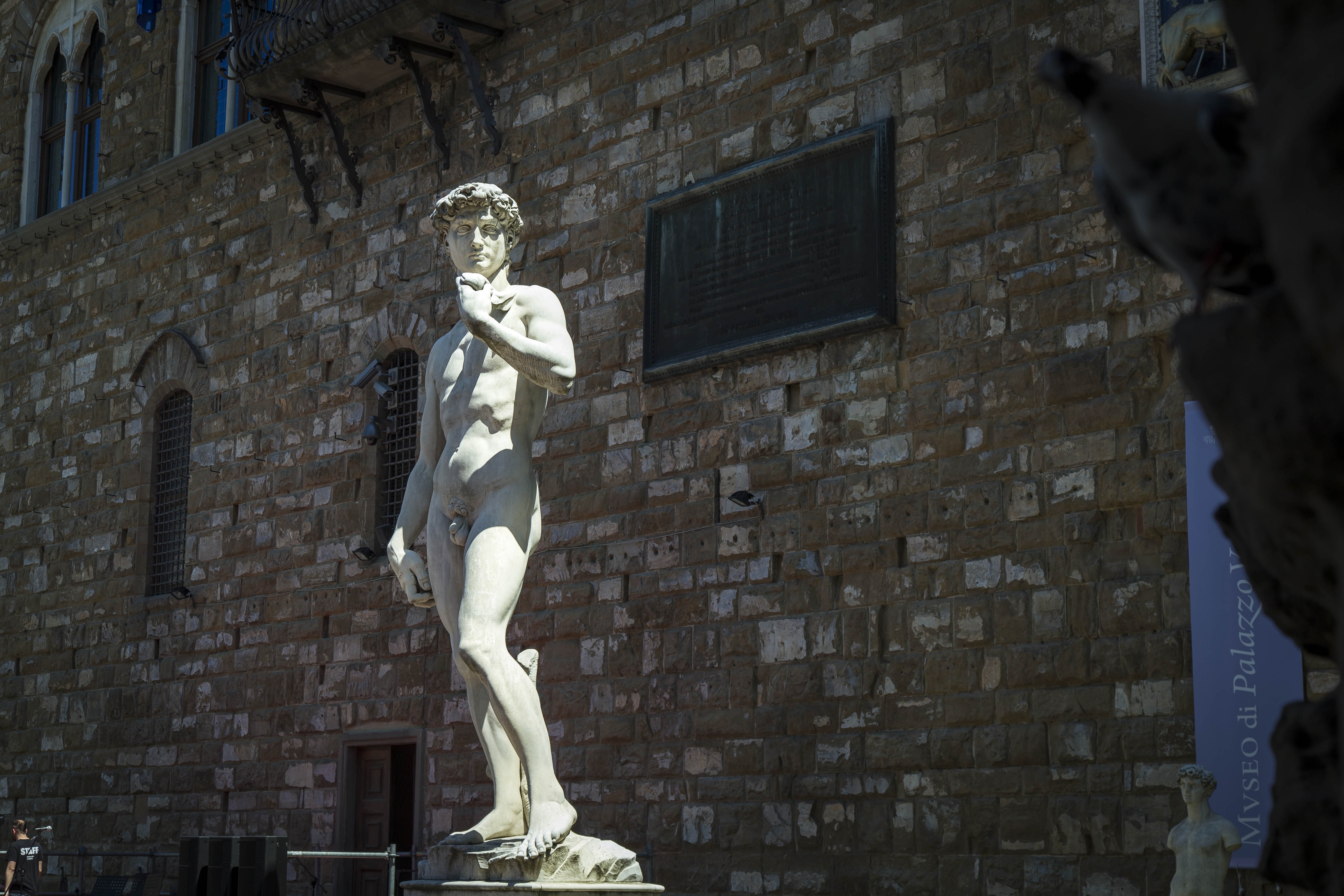
Florence all day at leisure We will provide advice for optional activities according specific interests

Meet your Private Driver and transfer to Venice with an enchanting stop in Ferrara A Day in Ferrara: Discovering Jewish Heritage Morning around 10:00 visit the MEIS - Italian Jewish Museum Let's start our day at the MEIS, an internationally renowned museum dedicated to the history of Jews in Italy. Located in Ferrara, the MEIS offers an engaging exhibition that narrates the millennia-long Jewish presence on the Italian peninsula. The MEIS is a fundamental reference point for understanding Jewish history and culture in Italy. Through objects, documents, videos, and multimedia installations, the museum tells the stories, traditions, and challenges faced by the Jewish community over the centuries. • Exhibitions: Explore the various exhibits that recount the history of Jews in Italy, from their origins to the present day. • Ritual objects: Admire a vast collection of Jewish ritual objects, such as silver, textiles, and ancient books. • Testimonies: Discover testimonies of everyday life, the persecutions suffered, and stories of resistance. Lunch at leisure After visiting the MEIS, meet your Private native Guide for a walking tour in the heart of Ferrara, a city that has hosted a thriving Jewish community for centuries. • The Ghetto: Stroll through the streets of the Jewish Ghetto, once the beating heart of Ferrara's Jewish community. Admire the ancient palaces, synagogues, and artisan workshops that once characterized this neighborhood. • The Synagogue: Visit the synagogue, a historic building that testifies to the Jewish presence in Ferrara. Although no longer used for worship, the synagogue retains a suggestive atmosphere and tells the story of the community. Departure to Venice Arrival in Piazzale Roma parking area and transfer to your hotel – depending the number of participants and hotel position Check in, Hotel La Locanda di Orsaria or same level Dinner in a nice local restaurant in Venice
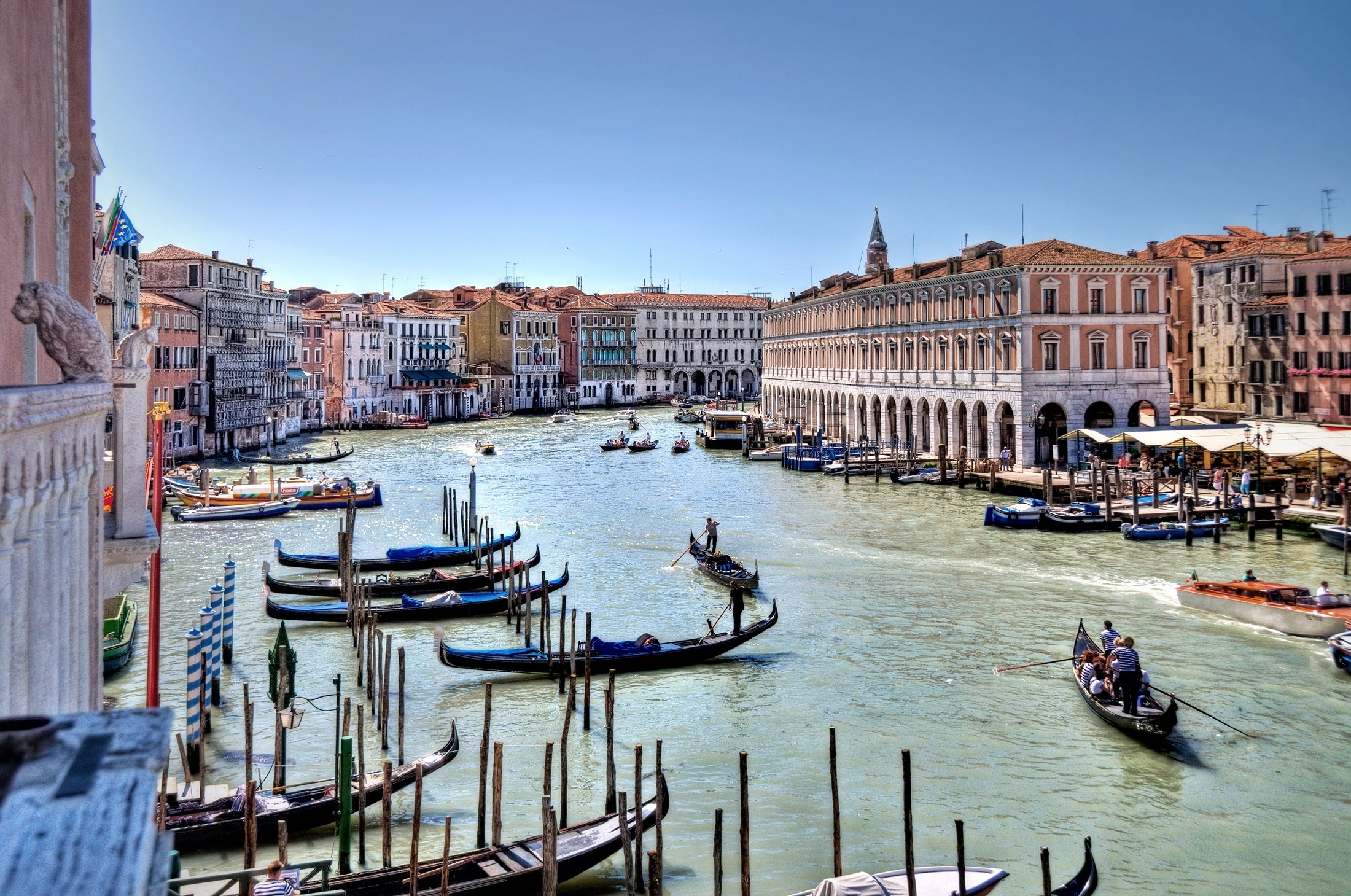
Meet your Private Guide at the hotel lobby or directly in the meeting point in Venice center. Ferry tickets to buy on the spot (depending on the hotel location). Visit to the Jewish Ghetto of Venice The tour begins in the heart of the Jewish Ghetto of Venice, the oldest in the world, established in 1516. Scuola Grande Tedesca Synagogue: Visit this synagogue, the oldest in the ghetto, with richly decorated interiors reflecting Ashkenazi influence. Scuola Canton and Scuola Italiana Synagogues: Continue with visits to two other historic synagogues, each representing different Jewish traditions. Jewish Museum of Venice: Explore this museum, which houses a vast collection of sacred art, textiles, ritual objects, and historical documents that tell the story of the Venetian Jewish community. Lunch at leisure Meet the Guides and visit the Jewish Cemetery on the Lido of Venice (only if available/open to visit) Vaporetto to pay on the spot Description: Take a ferry (vaporetto) to the Lido of Venice and visit the Jewish cemetery, one of the oldest and most evocative in Italy, offering a poignant insight into the history of the Venetian Jewish community. Your Guide will highlight the most significant tombs and share the stories of the Jewish families who left their mark on Venice. Return to the City Center and Time at leisure. Explore the Venetian alleys, shops, or relax in one of the historic cafés. Dinner in an authentic Venetian restaurant
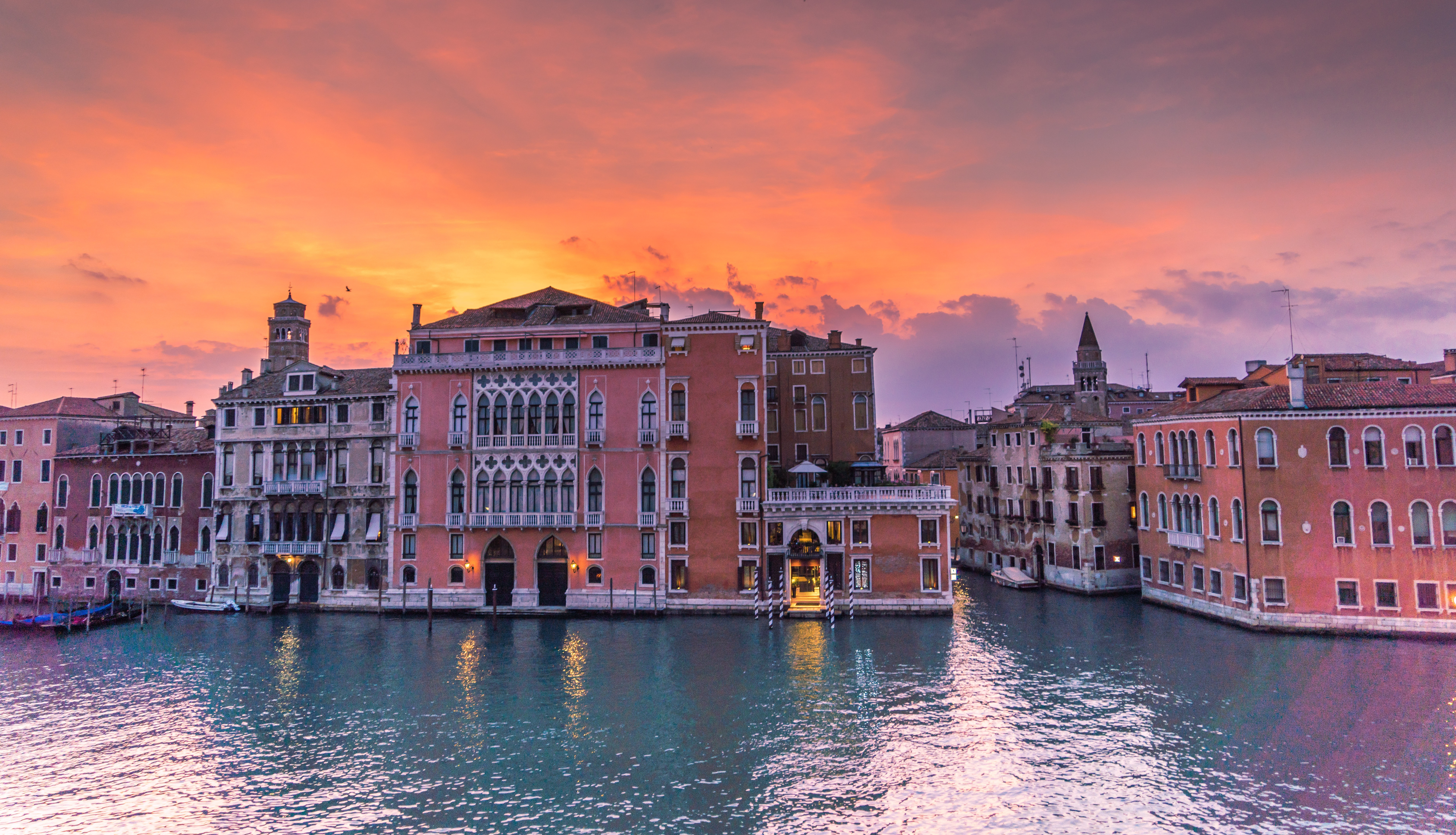
Meet your Private Guide at the hotel lobby and transfer to Venice center. Visit to the Scuola Grande di San Rocco one of Venice's most important buildings. While not directly linked to Jewish history, this institution reflects the artistic and cultural richness of the city, where the Jewish community played a significant role. Admire Tintoretto’s masterpieces that decorate the walls of this splendid Renaissance building. Visit Mercato di Rialto and Rialto Bridge We will reserve the entrance in an exclusive terrace (if available, depending on the period of the year). The unique panoramic view 360° in Venice, the perfect place that only few know to realize perfect photos. That building is a renaissance market, now a luxury big shops. Its architecture is impressive! Visit Palazzo Ducale and the Libreria Sansoviniana part of the Biblioteca Nazionale Marciana, where ancient Hebrew texts and manuscripts that testify to the Jewish cultural production in Venice can be found. Lunch at leisure Time at leisure to visit Venice gems or for a nice gondola ride experience... Farewell dinner in a local typical Restaurant in Venice
Breakfast and transfer to the airport. Transfer towards Airport: take a taxi or van to pay on the spot. Optional reservation private transfer by motorboat or comfortable van, quotation on demand. (comfortable bus for groups). END OF OUR SERVICES. GRAZIE & ARRIVEDERCI